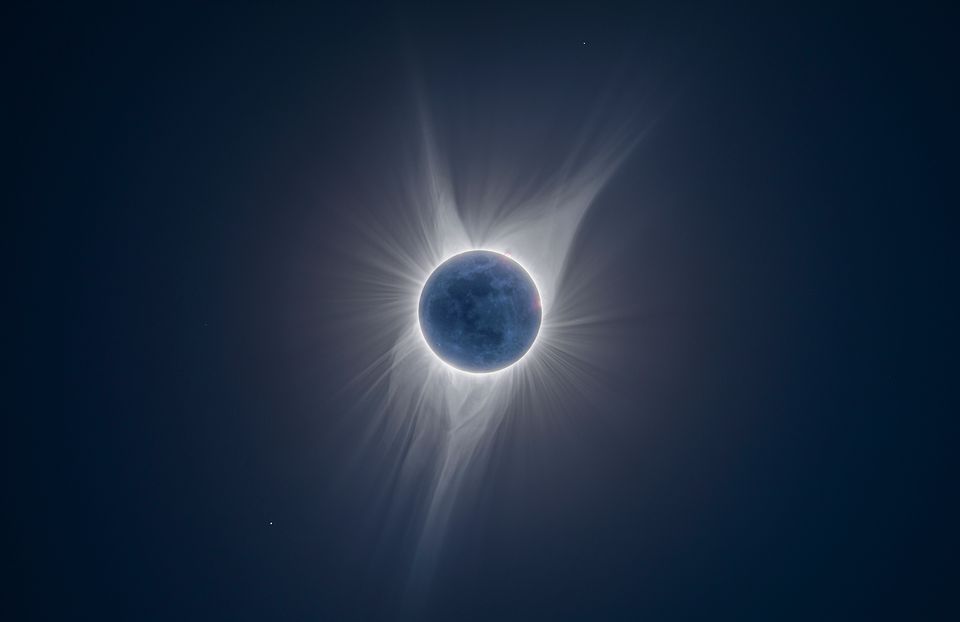
The Royal Observatory’s Astronomy Photographer of the Year competition has been running for a decade now and yet even after 10 years we’re still being treated to something new.
The 2018 shortlist has, if it’s even possible, set the bar even higher with some truly incredible shots ranging from the ISS passing in front of the Sun to a truly astonishing picture of the solar eclipse.
This year the competition received over 4,200 entries from amateurs to seasoned professionals spanning some 91 countries from around the world.
Anyone can enter, and it doesn’t matter if you took the picture on a £2,000 DSLR or an iPhone.
The winner will be announced on the 23 October with a grand prize of £10,000 while runners up can receive £500 and highly commended receive £250.
We’ve picked our favourites from the shortlist which you can see below. To find out more about the competition click here.
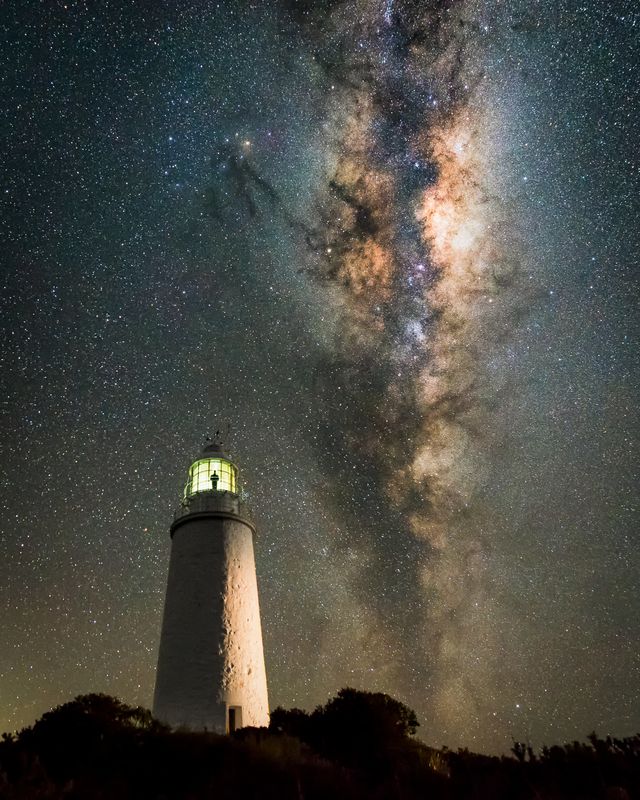
Keeper of the Light
The Milky Way rises above an isolated lighthouse in Tasmania The photographer planned his position to shoot the perfect composition positioning the Milky Way in conjunction with the lighthouse and observing how to best light the tower for artistic effect This image is part of a time-lapse sequence allowing the photographer some time to climb the tower into the lantern room of the lighthouse and reflect on the hard and lonely yet incredible life the former lighthouse keepers would have lived Bruny Island Tasmania Australia 21 July 2017
James Stone

Earth Shine
During a solar eclipse the brightness of the solar corona hides the details of the moon By layering 9 exposures ranging from 2 seconds to 1/2000th of a second and with Extreme High Dynamic Range photography or XHDR the image shows not just the radiant solar corona but the newest possible of new moons seen here illuminated by sunlight reflecting off the earth Jackson Hole USA 21 August 2017
Peter Ward
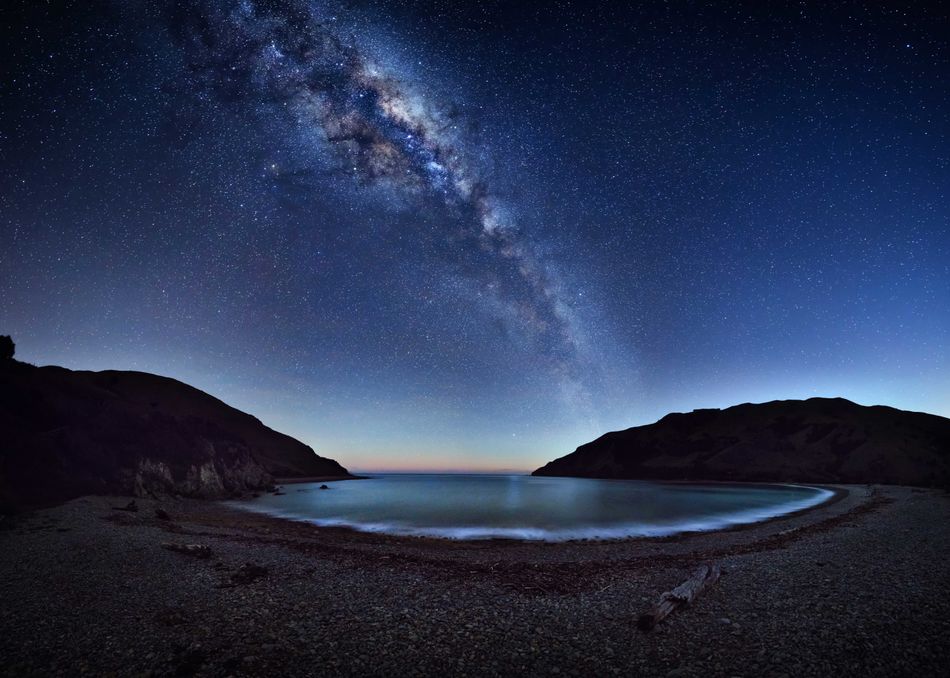
Cable Bay
The magnificent Milky Way stretches across the night sky reflecting on the Cable Bay near Nelson New Zealand The photographer had to take the picture before the light washed out the sky 42 individual images were stitched in to a large multi row panorama to create this image image Nelson New Zealand 12 August 2017
Mark Gee
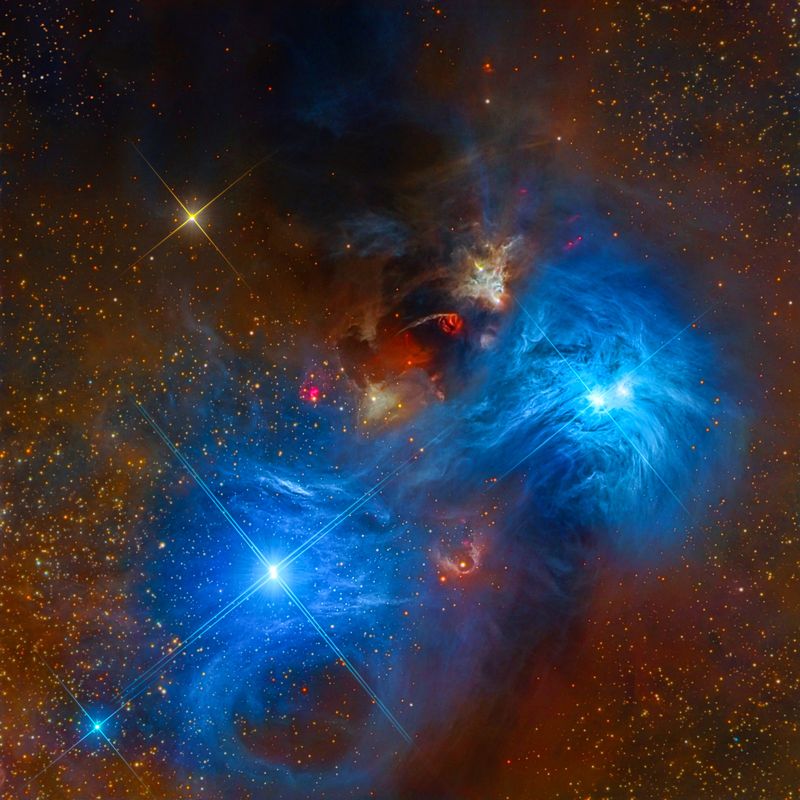
NGC 6726 and NGC 6727
These spectacular reflection nebulae in the Corona Australis constellation depict the characteristic vivid blue color produced by the light of hot stars reflected by silica-based cosmic dust A rare high resolution view of the cores NGC 6726 and 6727 is captured on camera The data was acquired by Star Shadows Remote Observatory at CTIOs PROMPT2 using LRGB filters stacked with CCDStack and post-processed in Photoshop and PixInsight La Serena Chile 30 June 2017
Mark Hanson Warren Keller Steve Mazlin Rex Parker Tommy Tse David Plesko Pete Proulx
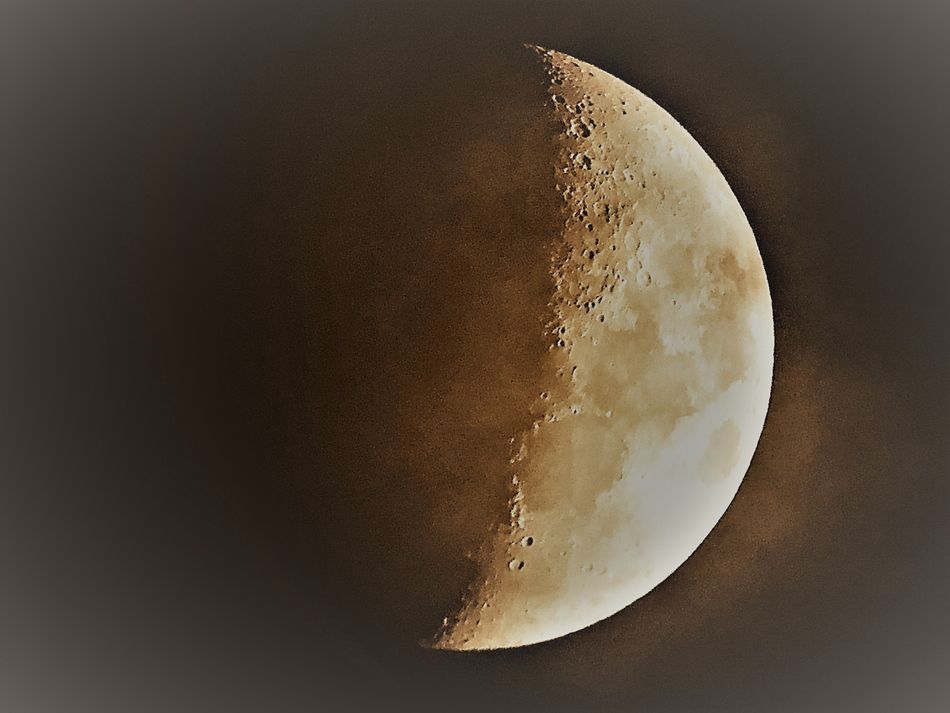
First Impressions
After a few days of cloudy skies the photographer finally got the chance to use his birthday present a new telescope The clouds were moving fast so there was not much time to capture the Moon With the help of his grandfather who kept moving the telescope and trying to keep an iPad at the right position he managed to capture this wonderful and artistic image of his first viewing of our Moon Ponthirwaun Ceredigion UK 23 January 2018
Casper Kentish
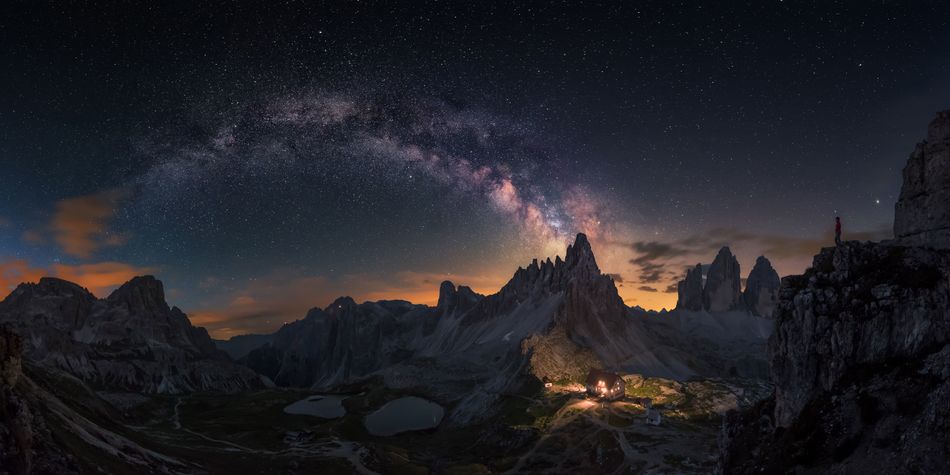
Guardian of Tres Crime
This panoramic image composed out of eight photos depicts the Milky Way emerging over the rocky Dolomites in Tre Crime on the left and on the right the lights from a house illuminating the beautiful terrain The photographer noted that the image represents sharing unforgettable moment with the ones you love Tre Cime Italy 25 June 2017
Carlos F Turienzo
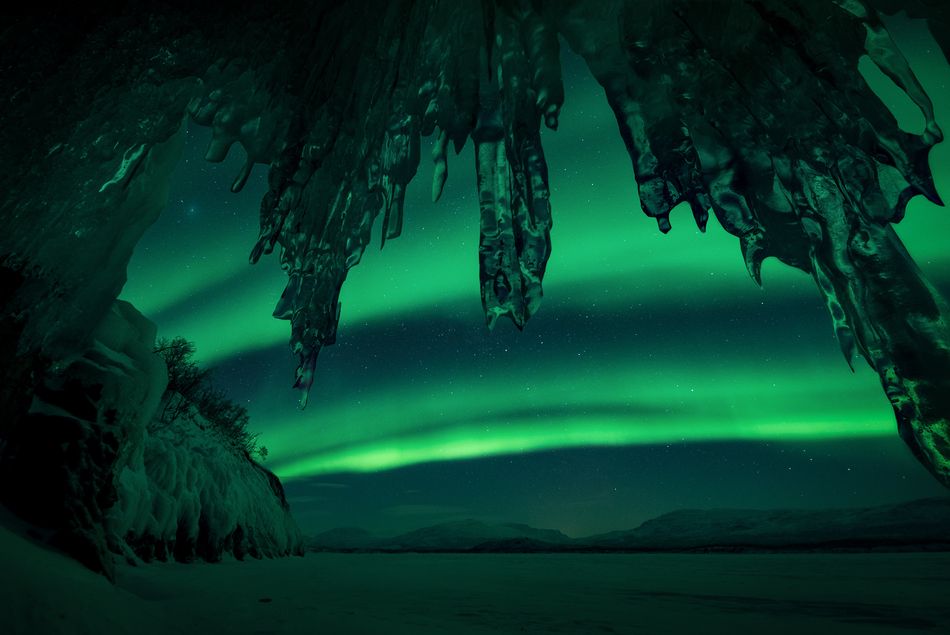
Ice Castle
A remarkable display of the Northern Lights reflecting shades of green and yellow on the snow Squeezed into a tiny cave on Lake Tornetrask in Swedish Lapland in minus 26 degrees with the camera lens just a few centimeters away from the icicles it was a challenge well worth it for the photographer Abisko Sweden 18 February 2018
Arild Heitmann
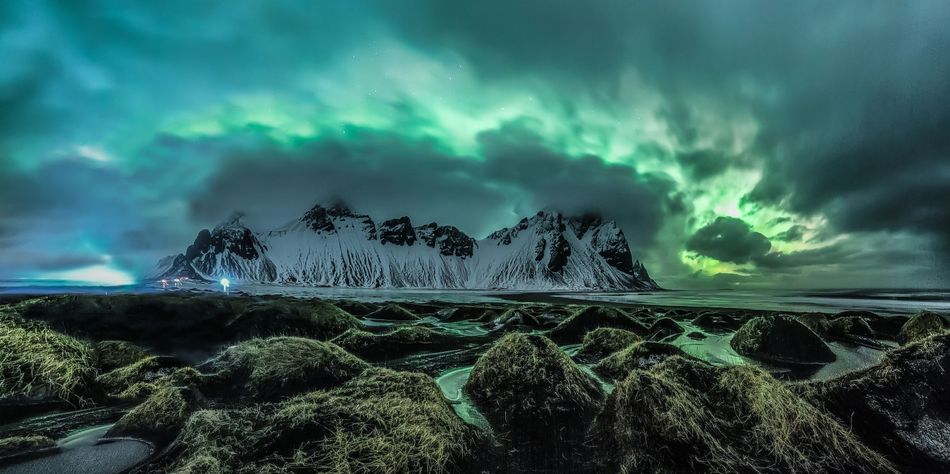
Magic
The magical Aurora Borealis explodes from the clouds and looms over the mountains in Stokknes on the south coast of Iceland Snow has melted and created pools of water between the dunes creating a perfect foreground for this image Stokksnes Iceland 16 February 2018
Jingyi Zhang
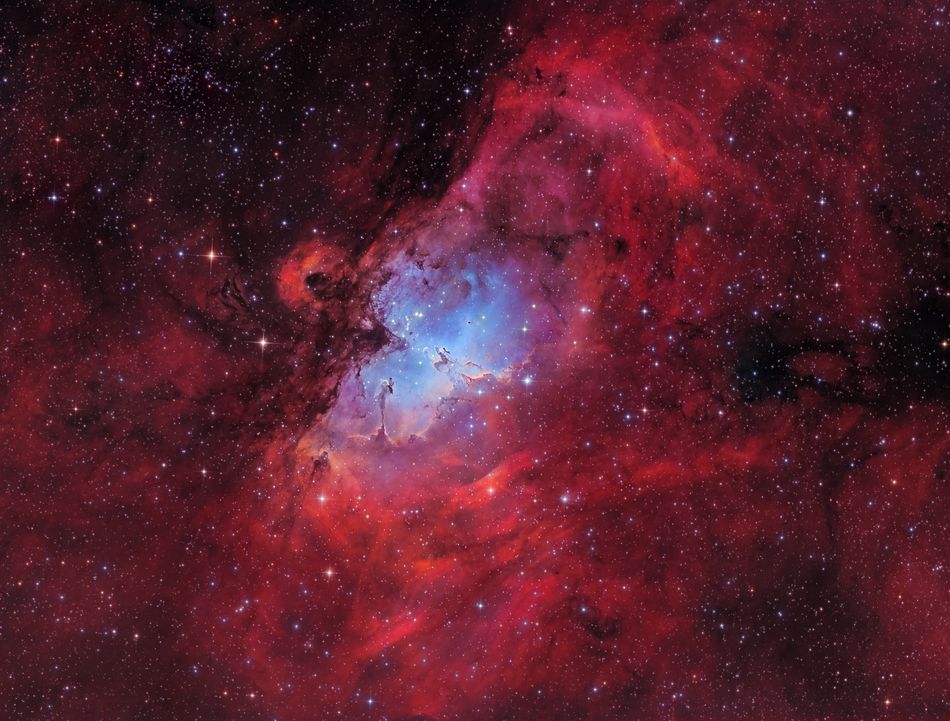
The Eagle nebula
The Eagle Nebula also known as Messier 16 is a young open cluster of stars surrounded by hot hydrogen gas in the constellation Serpens and lies at a distance of 7000 light years from Earth Taken at the Baerenstein Observatory in Germany the photo is a RGB-Ha-OIII image and shows off the radiant red and blue colours of the nebula In the centre you can spot the famous Pillars of Creation Baerenstein Germany 9 August 2017
Marcel Drechsler
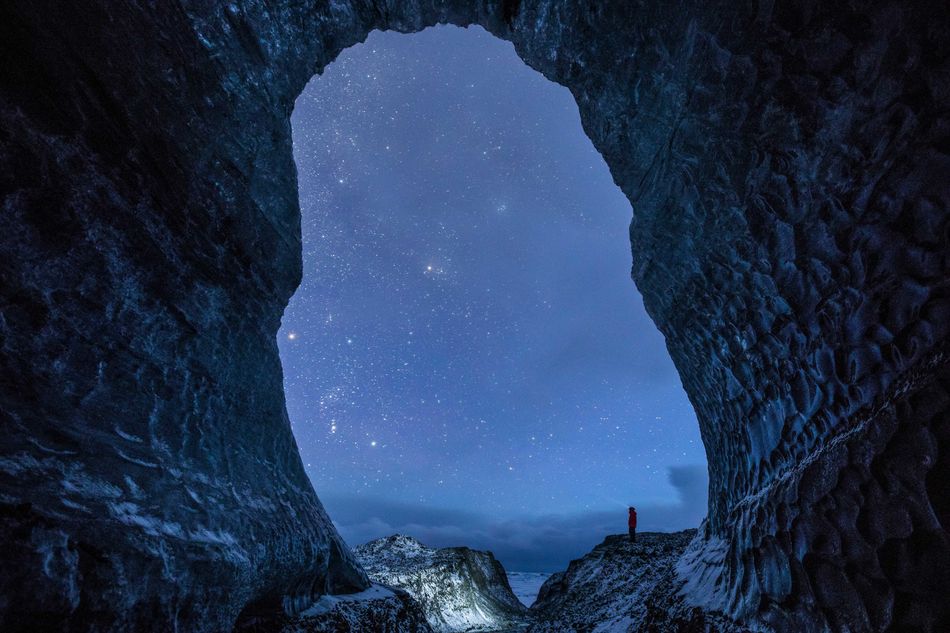
Deep Space
Exploring the remarkable underbelly of the Breiamerkurjokull glacial tongue in Iceland With this image the photographer wanted to pay tribute to the serenity and wonder he felt while he spent some time in this peaceful and magnificent place Vatnajokull Iceland 5 February 2018
Dave Brosha

Daytime Moon
Earths only natural satellite is situated above the horizon of our planet so it is visible during daytime and the waxing gibbous phase can clearly be seen in the sky The photographer captured this imposing image in Malaga Spain while vacationing with her children Malaga Spain 1 August 2017
Helen Schofield

ISS sunspots
The International Space Station ISS was captured between two massive sunspots the AR 12674 and AR 12673 during its solar transit The image was taken in Madrid and it took ISS less than a second to cross the solar disk Madrid Spain 5 September 2017
Dani Caxete